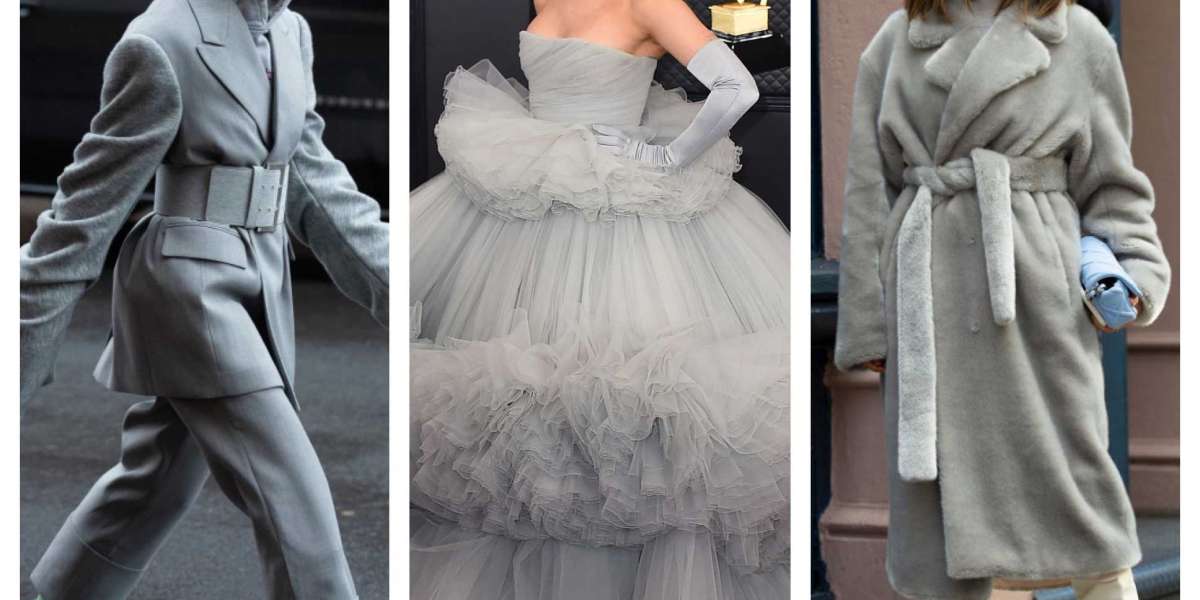They might learn a sure body language cue and forget to take into accounts the context or environment. They may also learn a cue but miss out on different, extra necessary cues that sign the other of their interpretation. When there is a mismatch between a person’s words and physique language, it's usually preferred to rely on their body language for an correct interpretation of their true emotions. Most individuals make a aware effort to choose their words carefully; however, body language is far tougher to consciously management and due to this fact more reliable generally. While many cues are universal, such because the eyebrow flash and 7 facial microexpressions, many physique language cues are particular to a tradition or geographic location. Body language is a key a half of how we talk with each other.
Public Distance: 12 to 25 feet
Now that you know about these examples, you may be looking out for people using physique language in your everyday interactions. Ask trusted friends and family members to share which positive and negative displays of body language you use most frequently. Every part of your physique out of your eyebrows to your foot position can ship a message to others, whether you mean to or not. We deduce how someone is feeling from their facial features.
The Arms and Legs
These can indicate concern with the topic or dealing with the other particular person. Arms folded in entrance - Creates a barrier; can express resistance to what's being mentioned. When people are nervous or insecure, they might play with rings, watches, or bracelets as a approach to protect their bodies with out crossing their arms. "Steepling" of the fingers, or putting the information of them collectively, is an illustration of control and authority. This sort of physique language can be used by bosses or authority figures to subtly demonstrate that they are running things. Nail biting is a kind of behavior that can reveal stress, nervousness, or insecurity. Oftentimes, people bite their nails with out even realizing it.
Hand Clasping
In order to level out them you are paying attention, you would possibly try making eye contact as an alternative, and even exhibiting a slight smile, to indicate you are open and engaged. This level of physical distance is commonly used with individuals who're acquaintances. Hall described 4 levels of social distance that occur in different conditions. The term posture refers to how we maintain our bodies in addition to the overall bodily type of a person. Some common things you may notice embrace whether or not individuals are making direct eye contact or averting their gaze, how a lot they're blinking, or if their pupils are dilated. One research found that people who had narrower faces and more prominent noses have been extra more likely to be perceived as intelligent.
Tip 2: Develop your emotional awareness
The big exception to this rule is when you see the ankles crossed while legs are outstretched on the ground. In most cases, we smile dozens of times in regular conversation, however many of those smiles are given out of politeness or formality. Keeping objects (like phones, baggage, or glasses) out of the means in which when talking alerts that you're totally present and open to the interplay. This smile lacks the attribute "crow’s feet" wrinkles across the corners of the eyes.
Rubbing Hands Together Briskly









